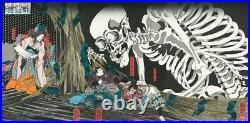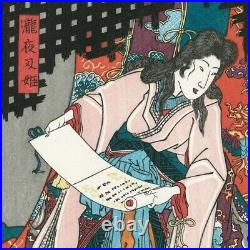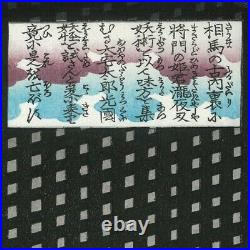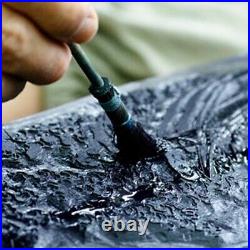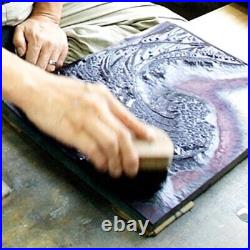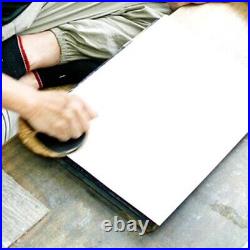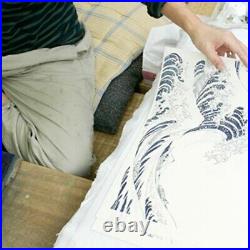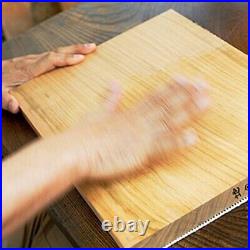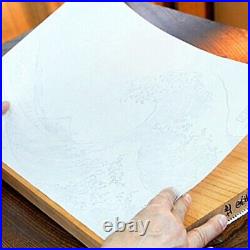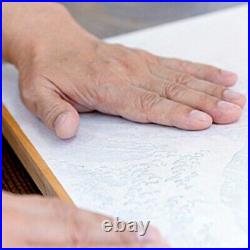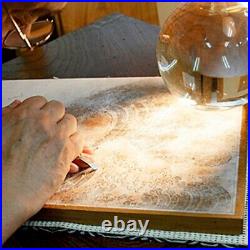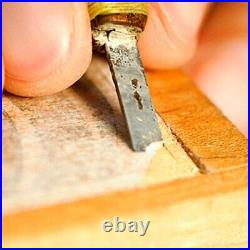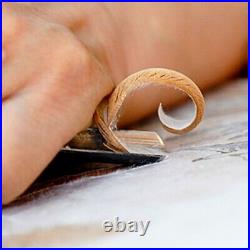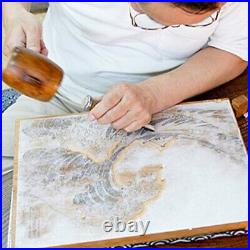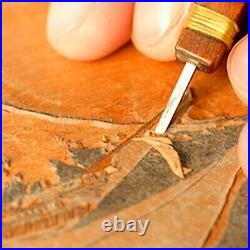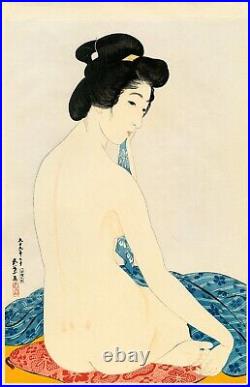
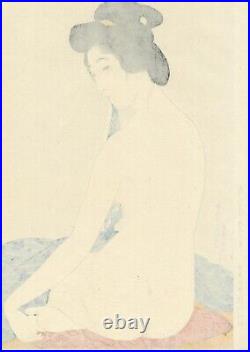
Very elegant and lovely print from rare commemorative limited edition. Unfortunately, he died very young, at only 41 years old. First edition prints of Goyo’s works are very expensive. The original blocks for his works were destroyed in the great earthquake of 1923. Fortunately, in the mid 20th century his heirs gave two of Japan’s finest woodblock printers, Tanseisha and Yuyudo, permission to publish very small limited commemorative editions of his masterworks. The prints from these editions were skillfully printed from meticulously recarved blocks and are of the highest quality. This beautiful print is from the Tanseisha C ommemorative Limited Edition. Instead of following in the footsteps of the earlier ukiyo-e artists who most often chose their models from the famous courtesans of their time, Goyo preferred of paint the geishas, waitress and maids of his era. Stunning portrait of a nude after her bath. Her delicate skin is beautifully framed by a shimmering silver mica background. This lovely print would be a wonderful choice for the collector and the interior decorator. It would be striking displayed on your home or office wall. Goyo’s masterworks are in the collections of many of the world’s great museums. Among them are the Metropolitan Museum of Art, New York; the Museum of Fine Arts, Boston; and the Art Institute of Chicago, Chicago. TITLE: Beauty after her Bath. MEDIUM: Authentic polychrome woodblock print. Ink and color on handmade paper. 17 7/8″ x 11 7/8″; (45.4 cm x 30,2 cm). 19″ x 13 ¼”; (48,3 cm x 33,7 cm). CONDITION: Rare limited edition commemorative print. Emulates Goyo’s original masterpiece. Marvelous color and beautiful detail. Shimmering silver mica background. Nice baren rubbings on verso. Compare to image on page 46 of the book The Female Image: 20. Century Prints of Japanese Beauties. Please take a moment to examine the scans. The Uki Arts Gallery.
